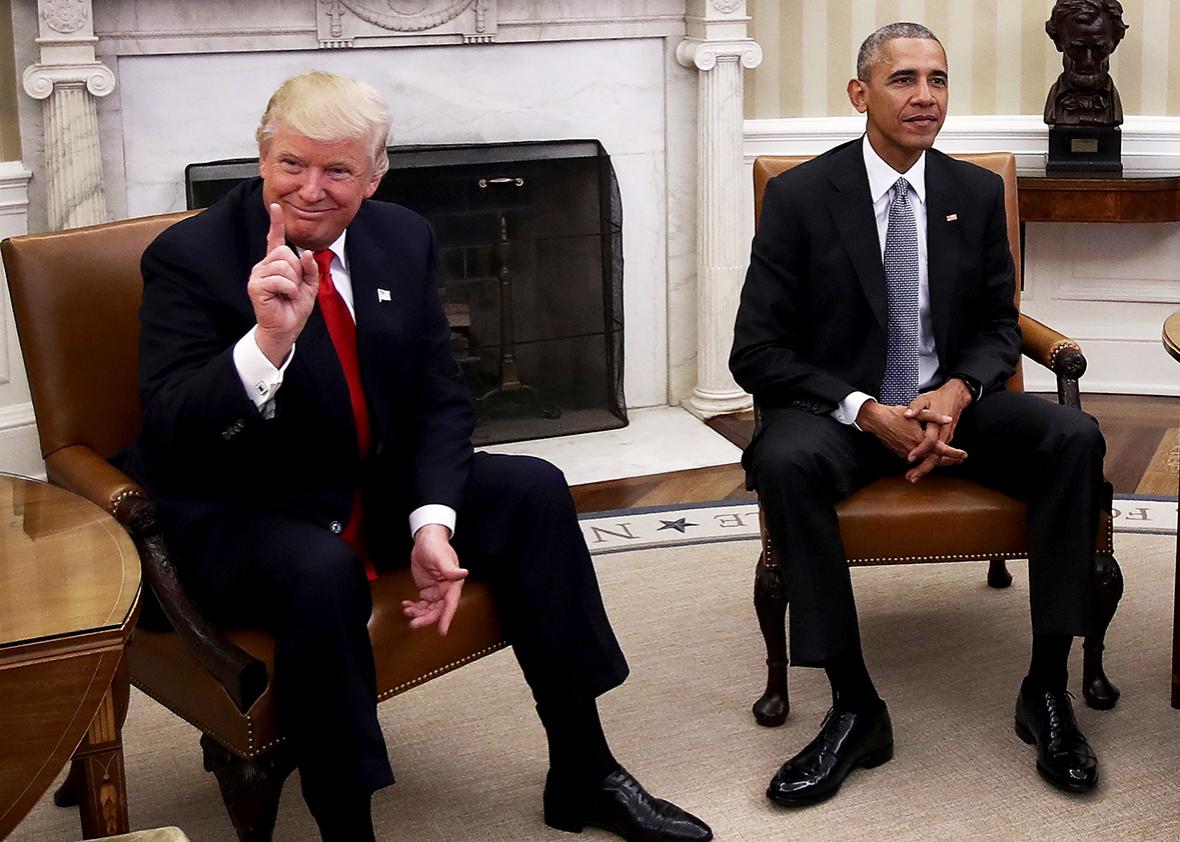After Republicans won control in Kansas, Louisiana, North Carolina, and Wisconsin, they embarked on a vast project of ideological governance. Free from any checks or balances, they went to war with the idea of the “public”—anything that couldn’t go into the pockets of businesses or wealthy individuals was gutted, slashed, and left for dead. There’s a strong chance that, under President Trump and a GOP Congress, we will see the same for the nation at large. And depending on the appetite of the Republican Party—and the willingness of President Trump—we may see a sweeping repudiation of liberal-democratic governance, with an end to the guarantees of the New Deal and the Great Society. Americans who think the change of government means little for their lives are in for a surprise.
With a Republican president in the White House and majorities in the Senate and the House, Speaker Paul Ryan has the fuel he needs to enact his “road map,” an expansive plan to roll back the American welfare state, such that it exists. Essentially, to replicate for the country what Sam Brownback and Bobby Jindal have done for their respective states. What should we expect? With President Trump’s signature, Ryan will repeal the Affordable Care Act, Dodd-Frank, and much of the legislative legacy of the Obama administration. He will craft and pass a massive package of tax cuts and “tax reform” that will deprive the federal government of revenue and fundamentally change the relationship between it and the American public.
It’s still unclear what the executive branch will look like under President Trump. But he’ll be responsible for thousands of appointments in countless federal agencies. Given his promises—to build a wall on the Mexican border, to ban Muslims from the United States and surveil those within our borders—Trump’s most important appointments may be in federal law enforcement. What does the Department of Justice look like under an Attorney General Rudy Giuliani? Does it maintain the present effort to address racial inequities in policing, or does it embrace the police and their most reactionary elements, bestowing impunity on those who abuse their state-sanctioned right to kill? Judging from Giuliani’s record, Trump’s DOJ does the latter. We can ask the same question of Trump’s proposed nominee for the Department of Homeland Security, Sheriff David Clarke of Milwaukee, infamous for his attacks on Black Lives Matter and his near-insurrectionist rhetoric. When a president runs on the use of state power against disfavored minorities, what can we expect from his nominees and his agencies?
The most monumental change will be in the character of the Republican Party itself. After the 2012 election, Republican reformers begged the party to expand—to include the groups that were repulsed by Mitt Romney and his campaign. The only way the GOP could succeed, they argued, was to reconcile itself to the changing demographics of the country. This was wrong. There was a way the Republican Party could succeed: by abandoning the ideal of racial equality and reshaping itself as a party of white reaction and white backlash. Rather than win nonwhites, Republicans could radicalize whites through demagoguery and race baiting. They could activate white racism and shape it into a potent political force. It’s not a new strategy—it was old hat in the age of Jim Crow, where Southern aristocrats ran populist campaigns of “nigger baiting”—but it was untested in the 21st century, an antiquated relic of a less civilized age. We now know this works. With a racist campaign, Republicans can win a decisive share of white voters, from working-class whites—who voted on Tuesday like an ethnic bloc—to college-educated whites and younger, ostensibly “tolerant” whites.
Political parties almost always take the path of least resistance. And for the Republican Party in 2016, that path has been paved with a message of white nationalism and herrenvolk democracy. Of government for Us, not for Them. If there’s anything to expect going forward, it’s that other politicians will emerge who follow Trump’s lead and adopt elements of his approach. And not just on the right. Now that white nationalism sits at the center of our politics, figures on both sides will reconcile and accommodate themselves to it. They will grasp the opportunity that he and his presidency represents. Trump has shown the explosive power of white reaction in American politics. Soon, others will wield it for themselves.
